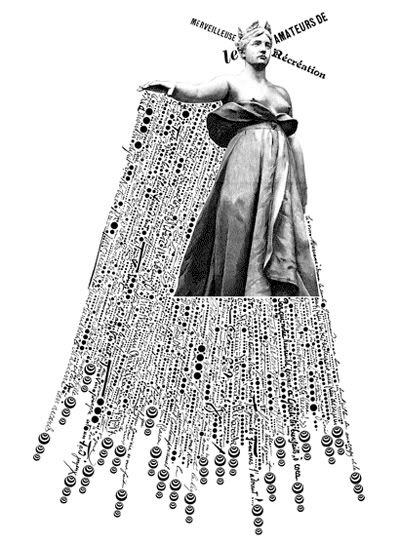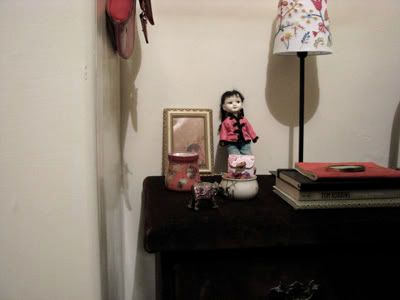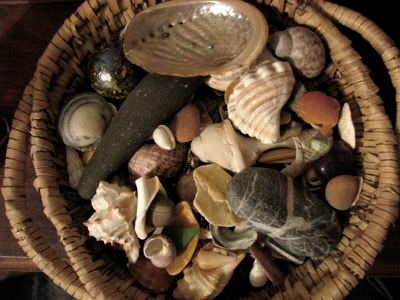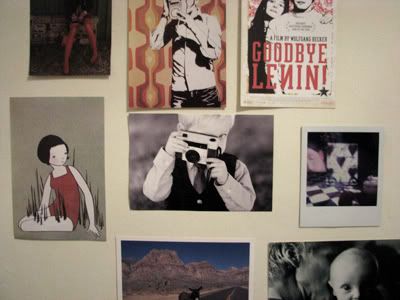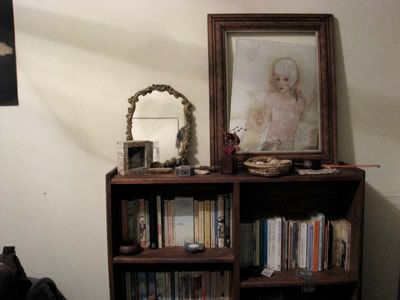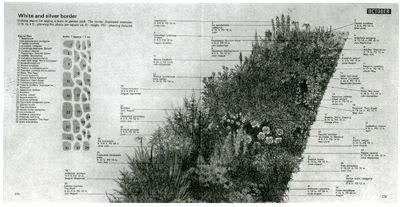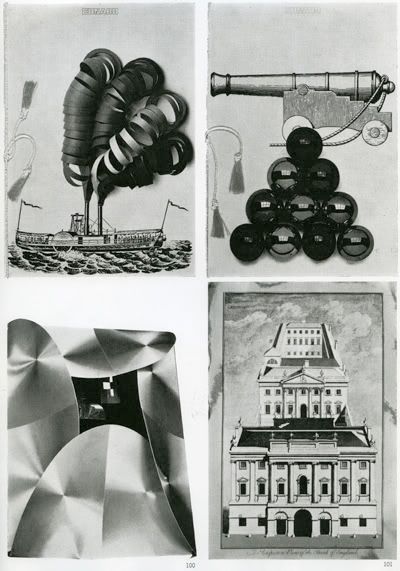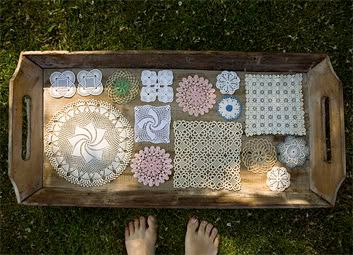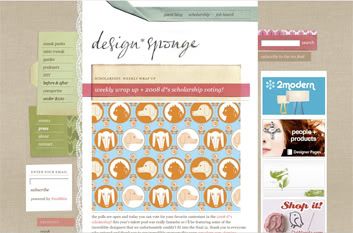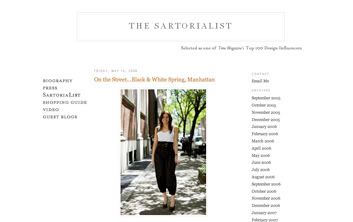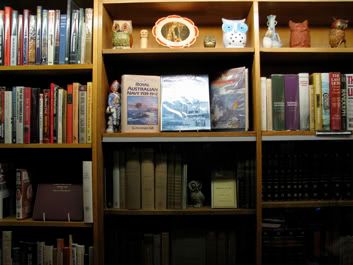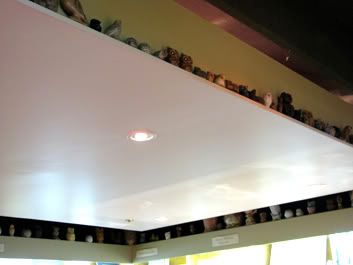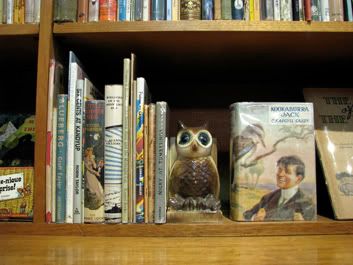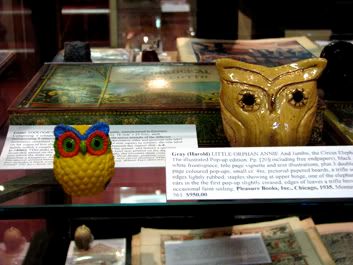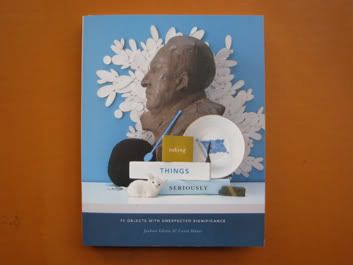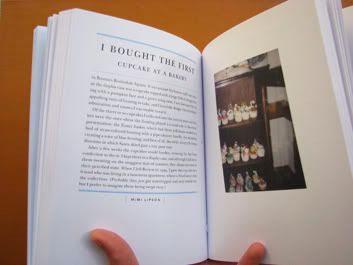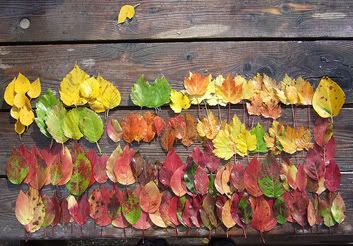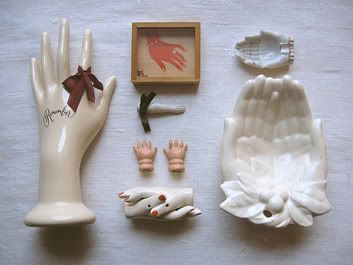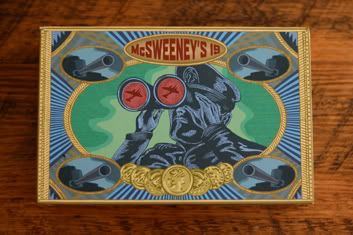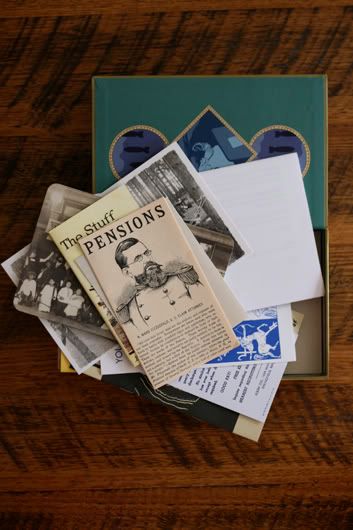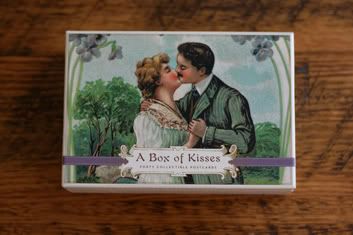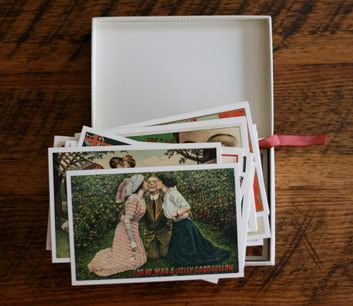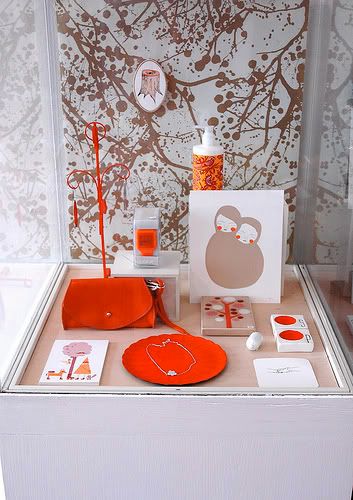This is the part where I take all my bits and pieces, ideas thoughts and inspiration and squeeze it out (gradually) into something wonderful and intriguing.
A large part of my essay involved avoiding the idea of "collecting" being restricted to the association of a hobby. Instead, I consider collecting to be the general human tendency to gather and acquire - the fact that we keep "things" and the manner in which we keep them. What do such things communicate, if anything at all? From here I travelled in all different directions, but stopped for a long time at the idea of collection as personal expression. That we acquire pieces in order to communicate who we are - whether to others or as some sort of confirmation of our sense of self-identity.
I'm testing this theory as well as my organisational skills in a loose and creative social experiment. Taking a large group of my friends, I'll divide them into pairs of people who don't know each other. Not having met one another and knowing nothing about the other, both members of the pair will visit the other's home or bedroom with me, have a long and investigative look around, and come to all sorts of conclusions about the sort of person they are. Answering a questionnaire I develop, they might have to guess at anything from physical appearance to dream holiday destination or favourite flavour of dip.
After all this, I'll document it. I don't know how but I know this is the crucial part. I don't want to forget what drew me to this topic in the first place - that I'm very attracted to the eclectic potential of multiplicity. Collecting as a theme lends itself to quirky and unexpected representation. At this point I'm open to the forms it could take (anything from a publication to a series of large posters to a mini exhibition/installation type thingy) and I'm absorbing lots of interesting ways to communicate multiplicity in general.
